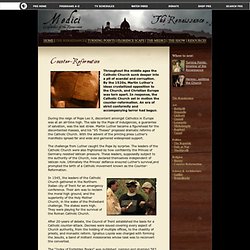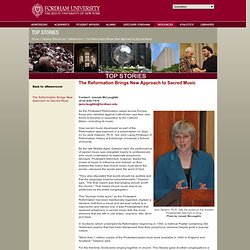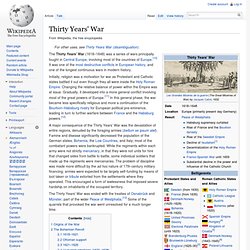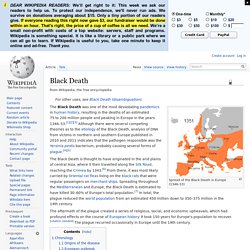

Counter Reformation: Origins of the Counter Reformation. House of Medici. The House of Medici (/ˈmɛdɨtʃi/ MED-i-chee; Italian pronunciation: [de ˈmɛːditʃi]) was a political dynasty, banking family and later royal house that first began to gather prominence under Cosimo de' Medici in the Republic of Florence during the late 14th century. The family originated in the Mugello region of the Tuscan countryside, gradually rising until they were able to fund the Medici Bank. The bank was the largest in Europe during the 15th century, seeing the Medici gain political power in Florence — though officially they remained citizens rather than monarchs. Their wealth and influence initially derived from the textile trade guided by the guild of the Arte della Lana.
Like other signore families they dominated their city's government, they were able to bring Florence under their family's power, allowing for an environment where art and humanism could flourish. Medici: Godfathers of the Renaissance . Renaissance . Counter Reformation. Throughout the middle ages the Catholic Church sunk deeper into a pit of scandal and corruption.

By the 1520s, Martin Luther's ideas crystallized opposition to the Church, and Christian Europe was torn apart. In response, the Catholic Church set in motion the counter-reformation. An era of strict conformity and accompanying terror had begun. During the reign of Pope Leo X, discontent amongst Catholics in Europe was at an all-time high. The Reformation Brings New Approach to Sacred Music. The Reformation Brings New Approach to Sacred Music As the Protestant Reformation swept across Europe, those who rebelled against Catholicism cast their new forms of worship in opposition to the Catholic Mass—including its music.

How sacred music developed as part of the Reformation was explored in a presentation on Sept. 22 by Jane Dawson, Ph.D., the John Laing Professor of Reformation History at Edinburgh University’s School of Divinity. By the late Middle Ages, Dawson said, the performance of sacred music was relegated mainly to professionals who could understand its elaborate polyphonic structure. Thirty Years' War. The Thirty Years' War (1618–1648) was a series of wars principally fought in Central Europe, involving most of the countries of Europe.[10] It was one of the most destructive conflicts in European history, and one of the longest continuous wars in modern history.

Initially, religion was a motivation for war as Protestant and Catholic states battled it out even though they all were inside the Holy Roman Empire. Changing the relative balance of power within the Empire was at issue. Gradually, it developed into a more general conflict involving most of the great powers of Europe.[11] In this general phase, the war became less specifically religious and more a continuation of the Bourbon–Habsburg rivalry for European political pre-eminence, leading in turn to further warfare between France and the Habsburg powers.[12] Counter-Reformation.
Black Death. Spread of the Black Death in Europe (1346–53) The Black Death is thought to have originated in the arid plains of central Asia, where it then travelled along the Silk Road, reaching the Crimea by 1343.[6] From there, it was most likely carried by Oriental rat fleas living on the black rats that were regular passengers on merchant ships.

Spreading throughout the Mediterranean and Europe, the Black Death is estimated to have killed 30–60% of Europe's total population.[7] In total, the plague reduced the world population from an estimated 450 million down to 350–375 million in the 14th century. The aftermath of the plague created a series of religious, social, and economic upheavals, which had profound effects on the course of European history.
It took 150 years for Europe's population to recover. Protestant Reformation. Although the core motivation behind these changes was theological, many other factors played a part, including the rise of nationalism, the Western Schism which eroded people's faith in the Papacy, the corruption of the Curia, and the new learning of the Renaissance which questioned much traditional thought.

On a technological level the invention of the printing press proved extremely significant in that it provided the means for the rapid dissemination of new ideas. The Roman Catholic Church responded with a Counter-Reformation initiated by the Council of Trent and spearheaded by the new order of the Society of Jesus (Jesuits) specifically organized to counter the Protestant movement. In general, Northern Europe, with the exception of most of Ireland, turned Protestant. Southern Europe remained Roman Catholic, while Central Europe was a site of fierce conflict, escalating to full-scale war. Religious situation in Europe[edit] History and origins[edit] Earlier schisms[edit] Literacy[edit] English Reformation.